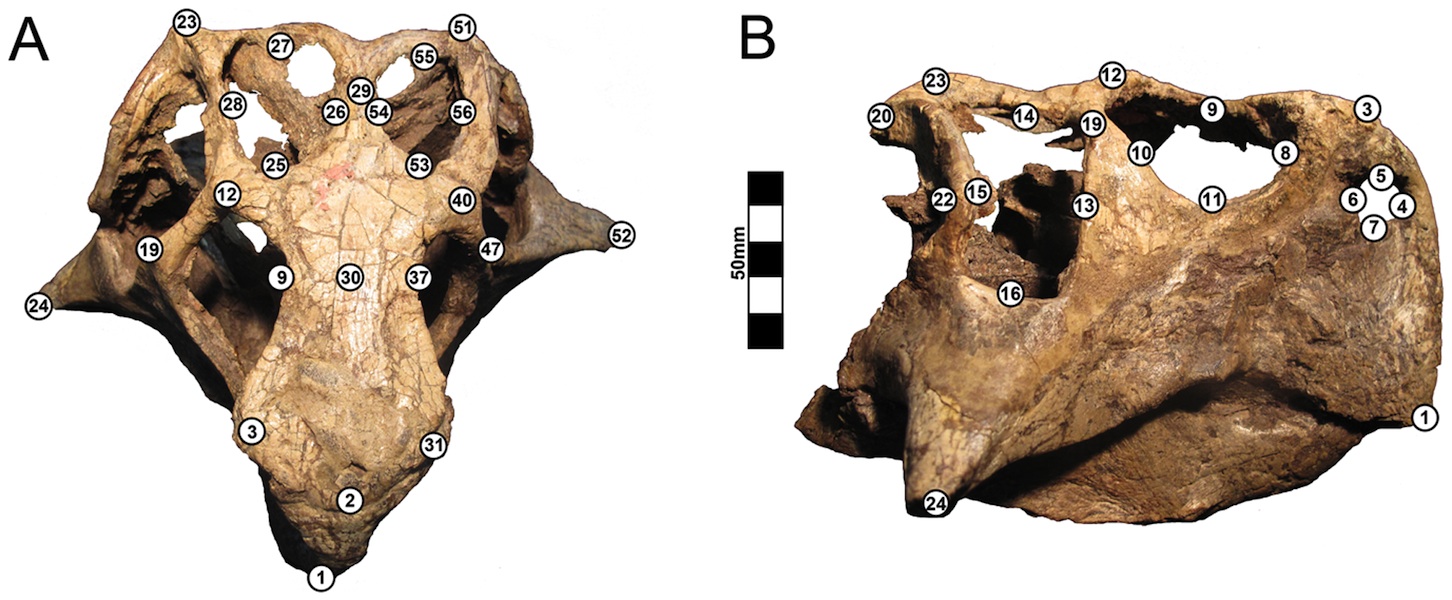Three Dinosaur Species Become One

Gazelle-sized dinosaurs in the Psittacosaurus genus roamed Earth between 120 million and 125 million years ago, eating plants and cracking nuts with parrotlike beaks. They represent one of the most species-rich groups of dinosaurs known today, with at least nine different psittacosaurs identified since their discovery in 1923. But their ranks may have just gotten smaller.
Specimens that had been classified as three distinct psittacosaurs actually represent just one species, according to a new 3D-fossil analysis.
Scientists of the past may have been too eager to separate Psittacosaurus skeletons into different dinosaur species, because the effects of burial and compression can give fossils misleadingly distinct features.
"Because of the vagaries of fossilization, no two fossils are the same," study author Peter Dodson, a professor of anatomy and paleontology at the University of Pennsylvania, explained in a statement. "Animals are alive and they die, but what's crucial in paleontology is what happens to the animals after they die."
Hundreds of psittacosaurs have been found across Mongolia, China and Russia, but Dodson and colleagues focused on those that have been found in the Lujiatun beds of the Yixian Formation, a fossil-rich deposit in northeastern China famous for its feathered dinosaur and early bird remains.
They used a technique known as three-dimensional geometric morphometrics — which used lasers to make 3D images of each specimen, similar to a CT scan— to analyze 30 of the dinosaur skulls.
Their study revealed that two species from the Lujiatun beds —P. major and Hongshanosaurus houi — are likely just juvenile specimens of P. lujiatunensis.
Get the world’s most fascinating discoveries delivered straight to your inbox.
"Our study found all of these false 'species' that are not biological species but are apparent species caused by the process of fossilization," Dodson said.
The findings are detailed in the journal PLOS ONE.
Follow Megan Gannon on Twitter and Google+. Follow us @livescience, Facebook & Google+. Original article on LiveScience.



